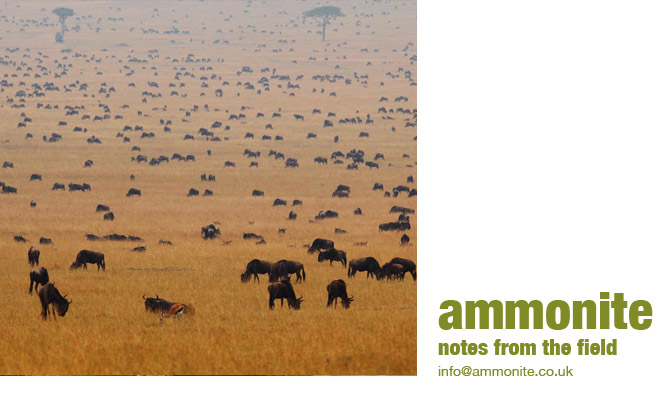
We did get some incredible footage in Deception Valley which fitted our story perfectly, the Kalahari lions are very good looking, one of which we'd christened 'Pretty Boy'.
Generally the Kalahari lions live in smaller groups than in other areas, and seem to fight less among themselves. Most of the lions we met are free of facial scars, and generally all looked in incredible condition.
Sunday morning, we packed up and drove to Maun - mostly a 5-hour slog along the dead straight sand road that runs alongside the veterinary fence*. Yesterday we moved on to Moremi Game Reserve, on the edge of the Okavango Delta. The lions here have a completely different prey base, with buffalo and zebra forming their main food supply. The groups of lions are generally larger, there are more roads and tourists which should make the lions easier to find. On the down side, the grass is longer and the landscape is generally more bushy which could be a problem.
* This is the fence that divides Botswana in two, and was put there at the insistence of the EEC, to ensure that there was no chance of foot and mouth disease or other livestock diseases infecting cattle to the North of the line - so meat products could be exported to the EEC. You should be able to see this fence clearly from space with Google Earth.
Economically, the fence has benefited Botswana, enabling it to export its excellent beef all over the world. It has in some ways helped protect natural areas from incursions by cattle. But the fence also has a big downside. It completely blocks migrations of many grazing animals, many thousands died shortly after the fence was built as their route to fresh grazing was blocked. The long term effects of the fence are still being assessed.

















